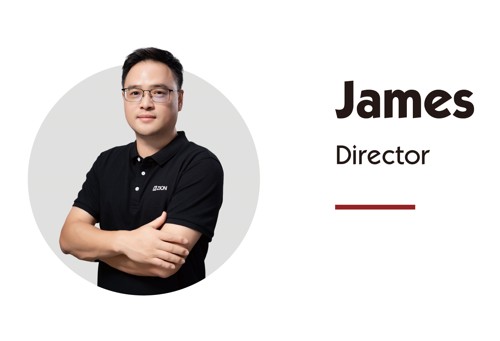Cable & Wire | High quality and excellent service at reasonable prices.
info@zion-communication.com
Author: Site Editor Publish Time: 05-08-2025 Origin: Site
Proper installation and regular maintenance of fiber optic patch cords play a crucial role in achieving optimized network performance, preventing signal errors, and extending service life. This guide addresses expert-certified best practices applied by professionals in the telecommunications, data center, enterprise network, and FTTH deployment fields.
Improper installation or skipped maintenance can lead to:
Greater insertion loss
Signal reflections return (loss)
Pollution at connectors
Mechanical fatigue and premature breakdown
Reduced troubleshooting time and spending
Following structured processes helps maintain high-speed transmission, reduce downtime, and ensure long-term reliability.
This can be achieved by complying with the following standards:
TIA-568 for commercial building cabling
ISO/IEC 11801 for the generic cabling systems
IEC 61300-3-35 for connector endface inspection
The rules are clear about what is acceptable in terms of installation, testing, and connector care.
Fiber optic cables are susceptible to bending.
Ensure that you honor the minimum bend radius, which is generally:
10× for typical patch cords, and standard patch cords
5× the diameter of the cable for bend-insensitive types
Twisting the cable while routing can put a significant amount of stress on the fibers inside it, which could lead to performance degradation.
Pro Tip: To maintain proper bend radius compliance, pre-routed cable guides or raceways may be employed.
A clean end face of a fiber connector is a fundamental condition for the transmission quality.
Use a lint-free pad, combined with isopropyl alcohol, or opt for a dedicated fiber cleaning kit to clean your connectors.
Always use patch cable nozzles when cleaning is not required, and deflect/connect the rods.
Optical microscopy aims to detect scratches, fingerprints, and any debris during inspection and documentation processes, and should be reviewed carefully.
Even dust smaller than 20 microns can contribute to a degradation of at least 20-30% of the signal.
We will derive from the environmental analysis service schedules that are:
Data Center: 3-6 months
Industry/Outdoor: 1-2 months
Telecom POP sites: quarterly
Check for:
Contaminated connectors
Frayed lung or nickmarks along the jacket
Faulty or loose connections
Every time someone connects or reconnects the patch cord:
Re-clean both ends
Visually appraise the tip of the connector
Verify polarity and alignment
The application of proven installation and maintenance routines will:
✅ Let full signal quality be transmitted
✅ Get the most extended life of the fibers and cables
✅ Lower loss of signals and time required to restore the connection
✅ Wealthy saving on repair and repurchase
✅ Achieve operational efficiency by observing the rules

James is a technical manager and associate at Zion Communication.
Specializes in Optical Fiber communications, FTTH Solutions,
Fiber optic cables, ADSS cable, and ODN networks.
james@zion-communication.com
+86 13777460328
